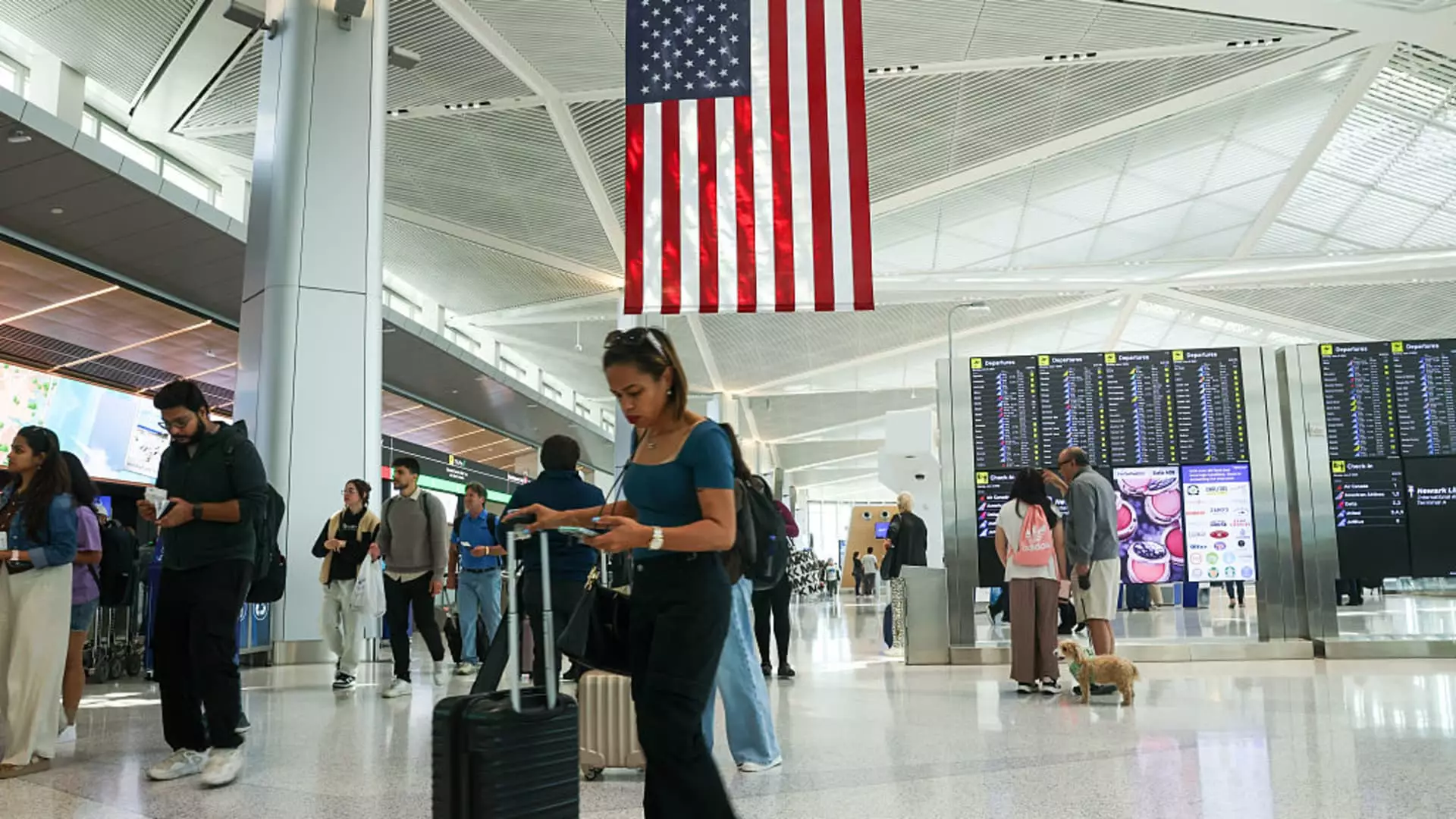The Fragile Flight: How the Airline Industry’s Illusion of Stability Masks Deepening Crisis

Despite the festive chaos of the July 4 holidays, the airline industry confronts a sobering reality. Travelers might be lured by discounted fares, but beneath this glossy veneer lies a weak and unpredictable market. With domestic round-trip airfare averaging just $265—its lowest since 2021—the narrative suggests cheap flights and summer sales, but in truth, these discounts signal a dire need to fill seats, revealing underlying fragility. The industry coerces a false sense of stability by slashing prices, yet this “summer sale” strategy merely covers deeper issues: overcapacity and waning demand. Airlines, accustomed to buoyant secondary quarters, are increasingly reluctant to forecast confidently for 2025, fearing a sinking economic landscape compounded by unpredictable geopolitical conflicts, tariff disputes, and waning international travelers.
Economic Challenges Erode the Industry’s Foundation
What truly destabilizes the airline sector isn’t just fluctuating ticket prices but the broader economic uncertainty that looms over it. Earlier forecasts had painted a rosy picture for the year—until recent data cast shadows over these projections. Companies like Southwest, Delta, and American are already retreating from optimistic forecasts, citing turbulence ahead. Airlines are resorting to drastic measures: cutting unprofitable routes, especially those on off-peak days, in a bid to salvage profitability. This pragmatic but disconcerting approach signals that the industry’s traditional reliance on brisk travel seasons is no longer enough. Amid these adjustments, the industry remains stuck in a limbo—profiting only in the peak months while limping through leaner periods, risking a long-term decline if demand doesn’t pick up.
The Consumer and Business Travel Conundrum
Passenger volume, as reported by the Transportation Security Administration, is approaching pre-pandemic levels, yet this surge is not translating into sustained revenue growth. Despite record-breaking daily passenger counts, the overall demand remains tepid, with multiple indicators pointing toward a fragile recovery. Consumer behavior also reveals a cautious attitude; declining credit and debit card spending on air travel underscores the hesitancy. The decline in travel-related spending—almost 12% last month—indicates that consumers are more selective, tightening their purse strings amid uncertain economic prospects. Meanwhile, the industry’s hopes hinge on international travel: a segment that remains somewhat resilient. Fares to Europe have stabilized at pre-pandemic levels, and Asia-bound flights are cheaper than last year, but these gains are fragile and insufficient to compensate for domestic stagnation.
The Illusion of Stability Amid Growing Vulnerability
The industry’s growth narrative is increasingly a mirage. Airlines continue to tout high passenger counts and record screenings at airports, but these figures aren’t indicative of health—they’re a mirage cultivated by aggressive promotions and seasonal spikes. The prospect of a downturn lurks just beneath the surface, exacerbated by the absence of an economic downturn but no robust demand either. As the airline executives prepare their earnings reports, a recurring theme emerges: cautious optimism mixed with hidden concerns. Reliance on international markets and seasonal recovery acts as a crutch, masking the deeper cracks in the foundation. The fear is that the industry remains overly dependent on temporary boosts rather than sustainable growth, leaving it vulnerable when the next economic storm hits.
A Bleak Outlook Behind the Curtain
Looking beyond the immediate summer spectacle reveals a stark reality: the sector is teetering on the brink of a crisis fueled by overcapacity, muted demand, and economic headwinds. Airlines must soon confront the uncomfortable truth—those record traveler numbers are not enough to sustain profitability. Instead, they highlight an industry that has become dangerously overleveraged, chasing fleeting margins rather than building resilience. The unspoken danger is what happens when the summer season ends and demand wanes further. Without a fundamental shift toward efficiency, innovation, and perhaps most critically, a pragmatism that accepts slower growth, the airline industry risks descending into a prolonged period of instability and financial strain, cloaked behind a facade of bustling terminals and discounted fares.





